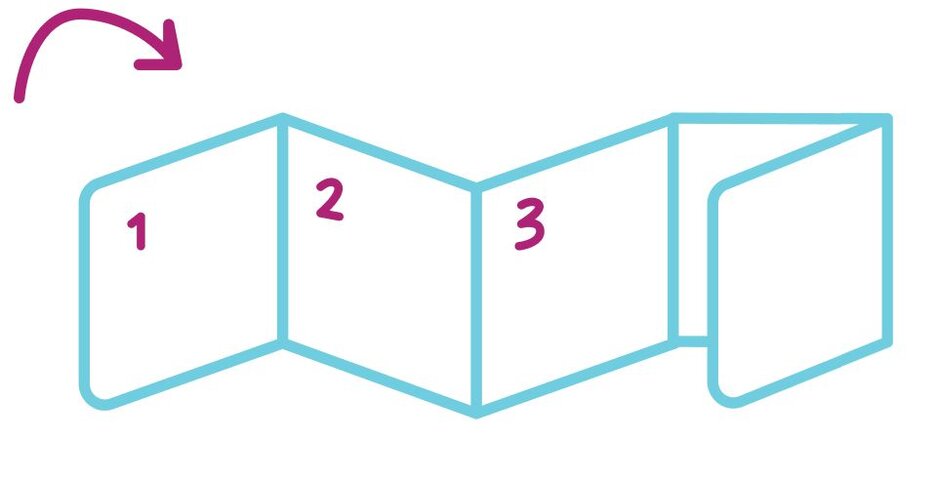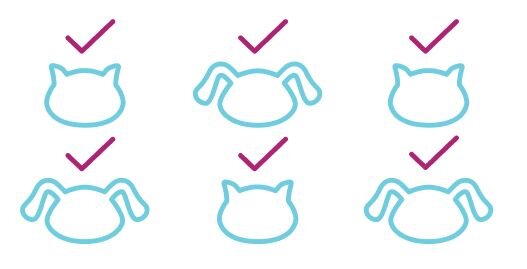5 Steps for Getting Rid of Fleas the PetFriendly Way
Getting rid of an infestation is stressful and difficult. It can take up to 90 days to break the entire flea life cycle and get rid of fleas for good.
Follow these instructions and reach out to our vet team if you’re still having issues.

Apply treatment right away.
With PetFriendly, your pet's flea & tick treatment is delivered every month right in time for application. Our treatment is fast-acting and kills fleas and ticks within a few hours. Follow these steps as soon as your box arrives to stop the flea life cycle.
For dogs
For cats


Avoid bathing your pets.
We recommend avoiding bathing for at least 48 hours before and after applying flea and tick treatment. If you bathe between treatments, use a mild pet shampoo. Do not bathe with a degreasing, dishwashing liquid (like Dawn) — it will remove the product.


Protect all pets.
Ensure all pets in your household are protected from fleas and ticks. Otherwise, unprotected pets in your home will reinfect the others. Before applying treatment, check your pet’s age and weight to make sure you are using the product safely and effectively.


Safeguard your home.
When dealing with fleas, you must also treat your home. Flea eggs and larvae can live in your home for up to a year. Left untreated, they will develop into adults and reinfect your pet. Use a household spray that contains an Insect Growth Regulator (IGR). Vacuum, clean, and spray carpets, baseboards, around pet beds, and under furniture.


Treat as needed.
For difficult flea cases, you may be able to apply PetFriendly flea and tick treatment more frequently. But, if you've followed all the above directions and are still seeing fleas, contact our vet team. They can help create a custom treatment plan for your pets.

Frequently Asked Questions
How to Get Rid of Fleas
Here are some additional tips and tricks for getting rid of fleas for good on your pets and in your home.